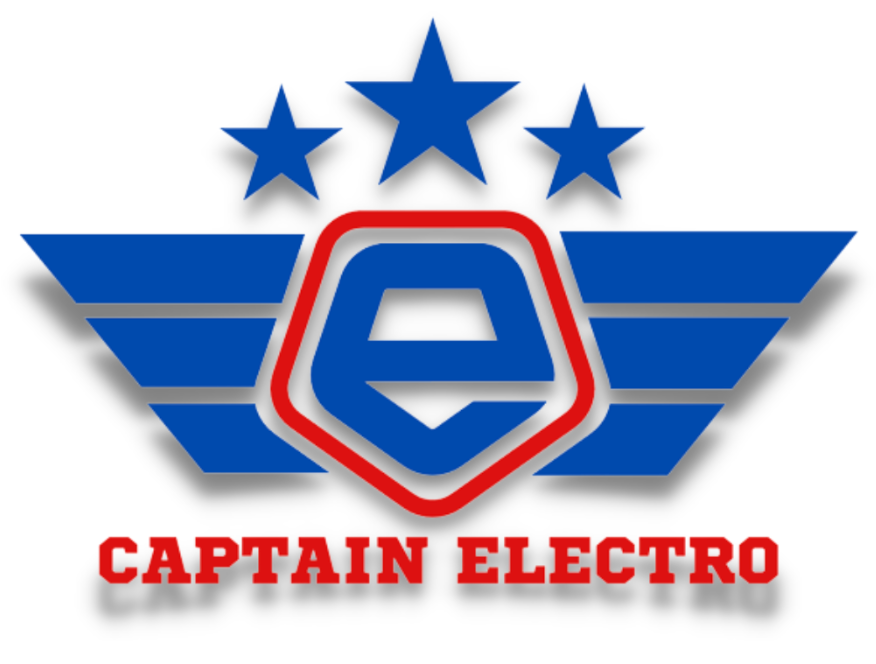Regent's Hydrofoiling Seagliders: The Electric Revolution Takes Flight
My dear gearheads and tech enthusiasts - hold onto your seats because I'm about to take you on a wild ride through the fascinating world of Regent's Seagliders. Picture this: the convenience of an electric boat meets the speed and comfort of an aircraft, all thanks to hydrofoils and a little something known as the wing-in-ground effect.
You see, this isn't your granddad's Soviet Ekranoplan from the Cold War era. Back then, the idea of flying extremely low, within its own wingspan of the surface below, was as outlandish as wearing socks with sandals. But in today's world of decarbonization, where we're all trying to be a bit more eco-conscious, this Seaglider might just have a fighting chance.
Now, you might be wondering why batteries in aircraft and boats have always been about as useful as a chocolate teapot. They're either too heavy for planes or simply don't pack enough punch to propel boats through the treacherous waters. But Regent decided to change the game. They threw in a retractable hydrofoil setup to minimize hydrodynamic drag and harnessed the power of the wing-in-ground effect and a blown wing to boost aerial range. The result? The "Viceroy Seaglider" can carry 12 passengers, or if you're feeling particularly cargo-oriented, a whopping 3,500 pounds of goods. And it does all this while zooming along at 180 mph (that's 300 km/h for our metric-loving friends) at altitudes of 30-60 feet (9-18 m) above the water's surface and it can do that for 180 miles - or one hour at its top speed. Take that, boring boats!
Compared to your run-of-the-mill boat, this Seaglider is like the Concorde of the sea, but without the sonic boom and the hefty price tag. It can handle rough waters better than its smaller counterparts, and when pitted against airplanes, it's practically a steal with lower operating costs, a quieter ride, and the freedom to take off from just about any jetty that tickles its fancy. Sure, it might take a bit longer to charge, but hey, it's zero-emissions, so we can all breathe a little easier. Or can we?
Regent managed to rake in nearly US$100 million in venture capital funding, and they've got a pre-order book that's thicker than a phonebook from the '90s, boasting a staggering $8 billion. That's a lot of moolah! They've even got plans for a ginormous manufacturing facility that'll put Willy Wonka's chocolate factory to shame by "mid-decade." Just imagine - a place where Seagliders are born. Exciting, isn't it?
But it's not all smooth sailing (pun intended). You see, hydrofoils and ground-effect vehicles require precision control that even the best pilots would envy. That's why Regent decided to hand over the reins to electronic flight control systems. From the pilot's seat, it's as easy as pushing a button, which is a relief because I've seen enough action movies to know that taking off and landing can be quite the hair-raising experience.
And speaking of hair-raising, they've flown a quarter-size prototype and showcased a full-scale mockup with a wingspan that could easily make a 747 jealous. They even hint at the possibility of seating 150 passengers in the future. The future, my friends, is looking electric!
But what's really got my curiosity piqued is the fact that Regent's Seagliders are making their debut in Hawai'i. Hawai'i, where they have those beautiful beaches and crystal-clear waters indeed! And guess what? Mokulele Airlines plans to be the world's first Seaglider operator there. Talk about riding the wave of innovation! Regent is set to deliver a whole fleet of Seagliders to Mokulele by "the middle of the decade," with ticket costs hovering around $30 for one-way flights between Oahu and Maui or Kauai. That's pocket change for a taste of the future, my friends.
The "Hawai'i Seaglider Initiative" has been launched, with various stakeholders coming together to make this dream a reality. They're even addressing environmental, cultural, economic, and technical aspects to ensure a smooth transition into this new era of transportation. But here's the kicker - there's some good old-fashioned red tape to navigate. The FAA, that aviation overlord, is looming on the horizon, and it could make or break the Seaglider's journey in the United States.
You see, Regent is hoping that the US Coast Guard will be the one to regulate its wing-in-ground effect vehicle, which sounds pretty straightforward and cost-effective. But the FAA has yet to confirm whether it'll treat the Seaglider as a commercial plane, potentially drowning the project in a sea of regulations and certification costs. It's a classic case of "will they or won't they," and the stakes are high.
On top of that, if the Seaglider falls under marine regulations, it'll have to play nice with everything from jet skis to fishing vessels, which could be quite the challenge when you're soaring at high speeds. Regent insists they have technological solutions up their sleeves, but until the FAA gives the green light, there's a shadow of uncertainty lurking.
So, there you have it, folks - Regent's Seagliders, the electric marvels that could redefine coastal transport. Whether they'll soar to new heights or hit a regulatory iceberg remains to be seen. But one thing's for sure, it's an electrifying journey worth keeping an eye on. Pay attention, Bond; the future is electric, and it's taking flight!




